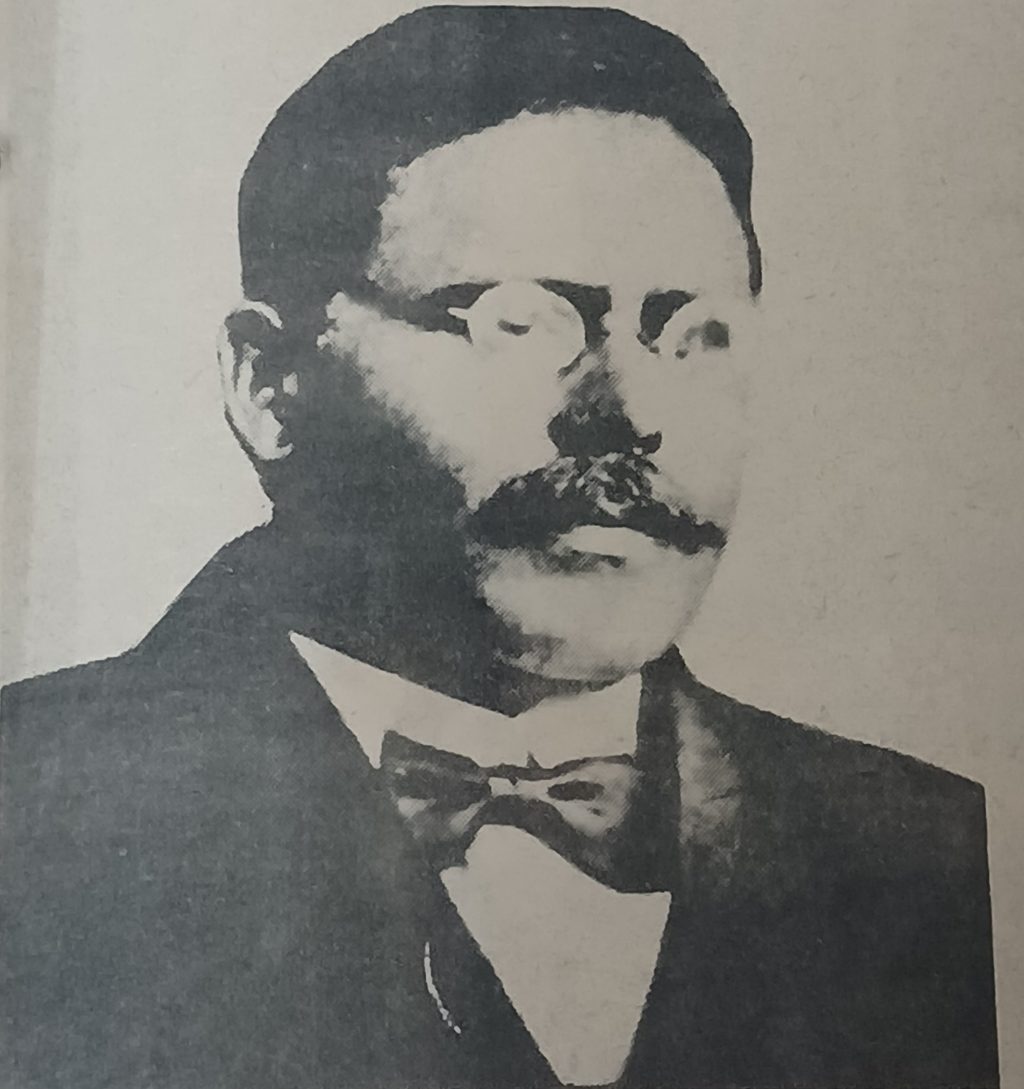In 1916, Badri Maharaj took his seat in the Legislative Council as its first Indian member.
He was nominated by the Governor,
According to an article published by The Fiji Times on October 11, 1974, there was strong agitation throughout the 1920s for greater and more direct representation of the now large and growing Indian population.
The Letters Patent of 1929 provided for the election of three Indian members of the Legislative Council.
In 1937, after a period of sustained Indian demand for a common roll basis of voting, a system of partly elected and partly nominated European and Indian unofficial members began.
Three of each were elected, and two were nominated. The number of Fijians chosen by the Governor from the panel submitted by the Council of Chiefs increased to five.
The majority of the Government came from nominated official members, mainly heads of Government departments.
The Governor presided over the council sessions.
His Executive Council consisted of senior officials and a minority of nominated “unofficial” chosen mainly from among Members of the Legislative Council.
During World War II there was an interesting forerunner of Cabinet government.
Both official and unofficial members of the Executive Council received the status as ministers with responsibility for groups of departments engaged in the war effort.
The system did not continue after the war and until 1962, there was no change in the structure of government except the appointment in 1954 of a Speaker to preside over the Legislative Council if the Governor was not present.
The Governor ceased to attend most sessions.
A significant step came in January 1951 when the legislature received financial autonomy, because before this, the budget, although passed by the Legislative Council, was without formal authority until approved by the Colonial Office in London.
In 1963, there was a major reconstruction of the Legislative Council.
For the first time, women had the vote and for the first time, the Fijian people elected four of their six representatives directly, the remaining two being chosen by the Council of Chiefs.
The new council consisted of 19 official and 18 unofficial members, the 19 consisting of six Europeans, six Fijians and six Indians.
In a dispatch dated August 15, 1963, the Secretary of State for the Colonies said, “The British Government accepts that the time is approaching when the future relationship between Fiji and Britain should be clarified and codified, and will be glad to consult with representatives of the people of Fiji to work out a constitutional framework which will preserve a continuing link with Britain and within which further progress can be made in the direction of internal self-government.”



